Day of Wrath (1943)
Quest Status #696 / 1000
TSPDT Rank #277
Carl Theodor Dreyer’s most famous film, The Passion of Joan of Arc, follows an innocent woman through a harrowing witchcraft trial. It elevates Joan to messianic status, a saintlike figure determined to fight against hypocrisy and injustice right up until she meets her fiery end. Made 15 years later, during the Nazi occupation of Denmark, Day of Wrath presents a much more disturbing view of the era of witchcraft trials in medieval Europe. But it's not disturbing for the reasons you might expect. Sure, the preacher who sends old women to the stake and married a much younger woman against her will is not without fault. But neither is his young wife portrayed as an innocent. Her sly gazes at her lover, her husband's son, are bone-chilling. It's hard not to wonder whether or not she might really be under the Devil's influence after all. And the high-contrast lighting style keeps the characters' faces either partially or fully shrouded in shadows, until the startling final scene, which gives us a perfect example of the "decisive action" that Paul Schrader described in his 1972 study of Dreyer (along with Robert Bresson and Yasujiro Ozu), Transcendental Style In Film. In this final scene, a Holy light intrudes into the film, bringing all that came before to an abrupt and unforeseen conclusion. This deeply spiritual moment is not only shown, but felt, echoing in the viewer's mind long after the screen fades to black.Ordet (1955)
Quest Status #697 / 1000
TSPDT Rank #32
Do you believe in miracles? Neither do most of the characters in Carl Theodor Dreyer's singular religious masterpiece. In Ordet, we see a formerly religious patriarch whose faith has been weakened by personal failures, an atheist, a young man more interested in love than religion, a man who might be the second coming of Jesus Christ, a housewife whose faith is pure and unwavering, a tailor who leads an unwelcoming and judgemental band of Christian evangelists, a parson who deals in easily digestible platitudes, and a doctor who insists that science negates all notions of religion or faith. Within this group of conflicting ideas, we see all kinds of confrontations - one set of beliefs against another, speculations about sin and the afterlife and miracles. But what happens when each of these beliefs is put to a real test of faith? Which will emerge as the true light from out of the darkness?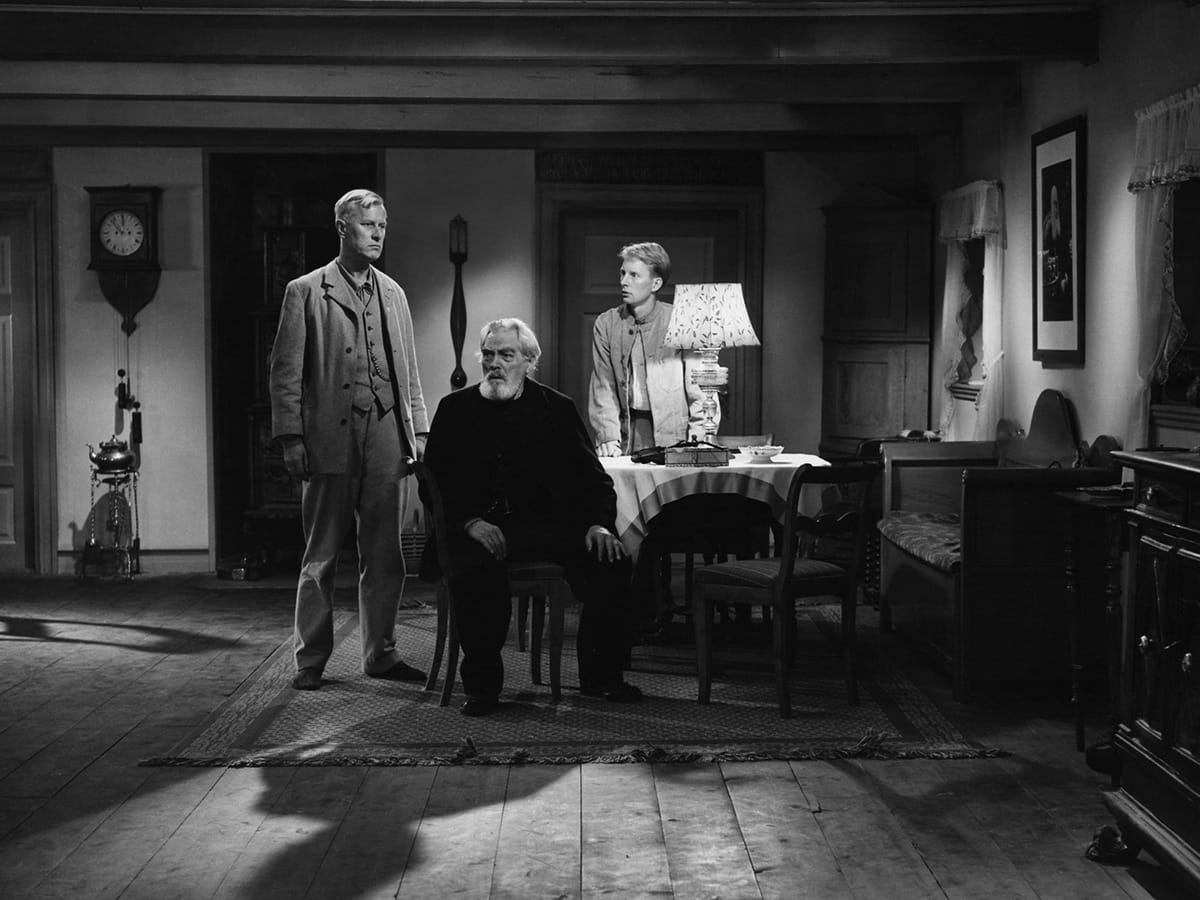
Film is the perfect medium to examine themes like this - discussions of theology and moments of true faith in motion can be brought to life on film like they can't on a page or in a church. But no matter how effective, serious religious films will never be popular at the box office. Which makes it all the more significant that Dreyer was able to make such a bold and uncompromising film about religion, one which comes from such an obvious place of personal conviction, and one which has withstood the test of time to claim a place within the top 50 most critically-acclaimed films of all time. Like all of Dreyer's films, it will transcend your expectations about what a film should be. Indoor scenes seem to take place in perpetual night, a claustrophobic darkness which matches the characters' struggles with themselves and each other, with long shots that move through the indoor settings slowly and deliberately, sometimes invoking the feeling that time standing still. Then there are the outdoor scenes, which break through the darkness with blinding brightness and radiant beauty. The doctor's statement in the climactic final sequence, that "even in pain there is beauty", are his most heartfelt words in the film and also seem to define what Dreyer was trying to say here. Not only is there aesthetic beauty in the film's otherworldly cinematography, but real, unsentimental, religious beauty, despite the pain that must be endured along the way.
Gertrud (1964)
Quest Status #698 / 1000
TSPDT Rank #32
Carl Theodor Dreyer's final film, Gertrud, has a strange ghostly quality to it. As all of his major films, it stands alone as a completely unique film, stylistically and thematically separate from the films that came before it. But while it's not obviously similar to any of Dreyer's other films, there are echoes from his entire filmography scattered throughout. Atypically for Dreyer, religion is almost completely absent here, although the contrast of drab or abstract interiors with sublime natural settings seen in Day of Wrath and Ordet can be seen again here. The theatrical style of Ordet is carried over here, with very long takes and lots of dialogue, but the theatrical elements take a backseat to the visuals - which rely almost as heavily on visual illusions and experimentation as Vampyr did some 32 years prior.
Then there's the central theme of female agency and free will - which harks back to Dreyer's silent films, not least of all The Passion of Joan of Arc. While she's not perfect, the titular Gertrud is often portrayed as a timeless vision of beauty, surrounded by an angelic white light. Henning Bendtsen's cinematography is a masterful balance of high-contrast lighting and compositions which play with the power balances between the characters. There are also occasional flashbacks in which the screen is flooded with bright light that seems aimed to overpower the viewer with an intense vision of time lost and possibilities squandered. For a film which has every reason to be theatrical and dull, Gertrud moves and pulses with life, provoking unexpected thoughts and conjuring hypnotic moods. After many years waiting for the right moment to encounter Dreyer's final films, I've finally found it, with the realization that Dreyer's filmography is a singular treasure trove in the vast sea of cinematic history.
--- 302 films remaining ---
Previously seen by Carl Theodor Dreyer:
Pre-2010
-Vampyr (1932)
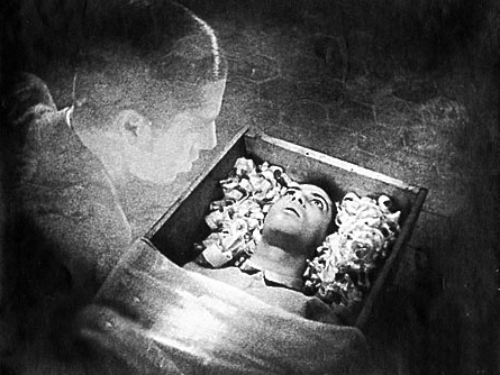
September 2010
-The Passion of Joan of Arc (1928) review
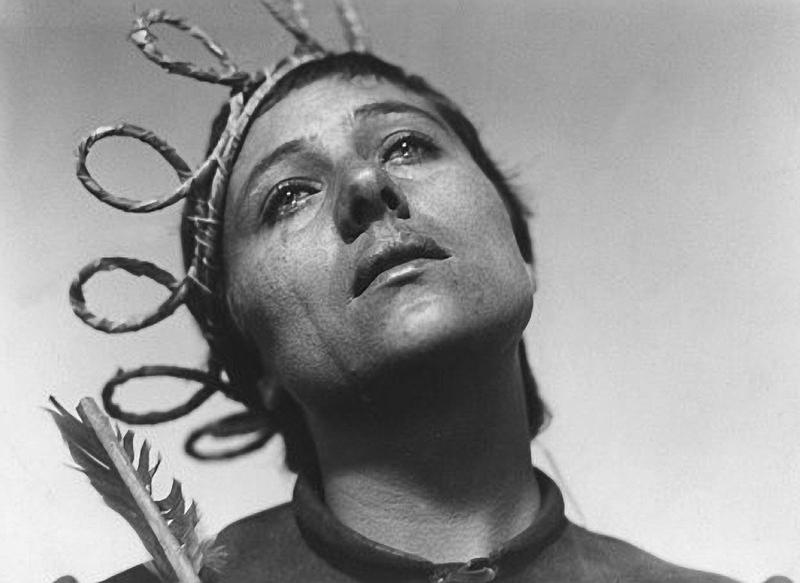
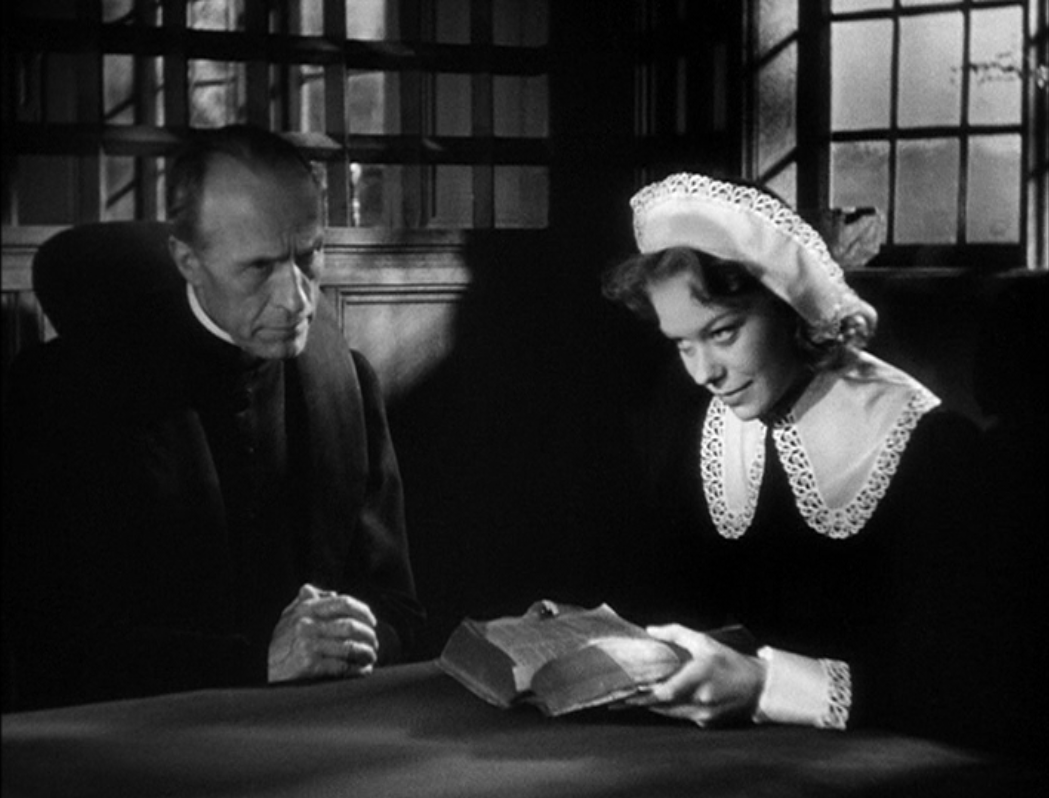
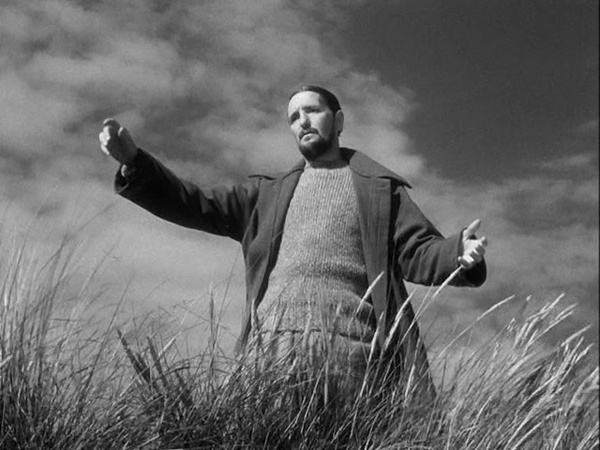


No comments:
Post a Comment